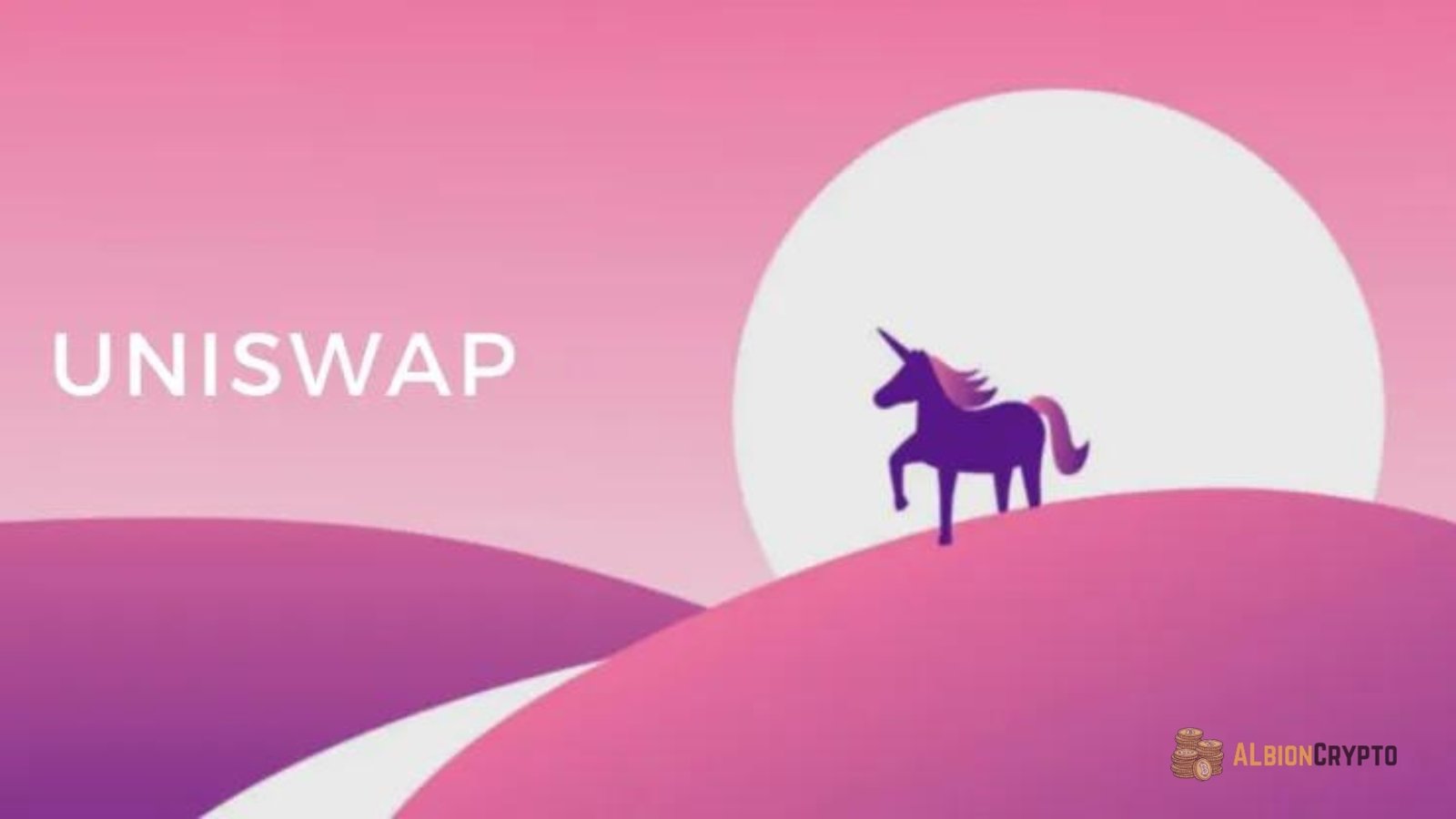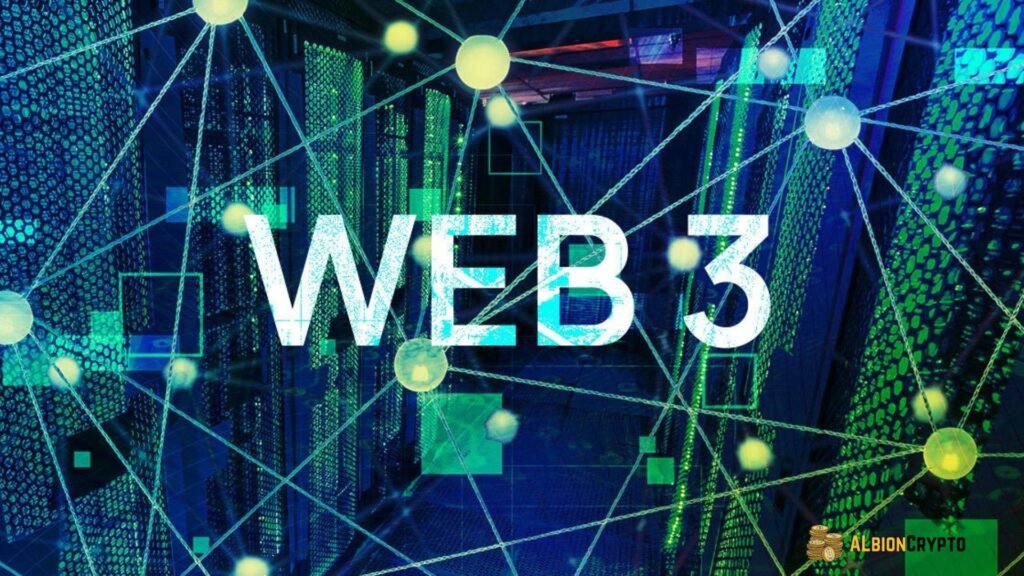Top Web3 Websites Transforming The expansion of the Internet has taken several major turns since its inception, starting with Web 1 and transitioning through Web 2. Each stage brought a fundamental change in how users interact with the internet. Web1 was static and read-only, Web2 gave interaction, social networking, and content written by users, and Web3 will change the web in ways never before thought.
At its core, Web3 is a decentralized, user-controlled internet powered by blockchain technology, cryptocurrencies, and decentralized applications (dApps). This paradigm shift aims to reduce the dominance of tech giants like Google, Facebook, and Amazon by putting data control and decision-making power back into the hands of users. This article will examine the emerging ecosystem of Web3 websites, their technology, and how they will change the digital environment.
Understanding Web3: The Building Blocks
Before diving into specific Web3 websites, it’s essential to understand the foundational technologies that make Web3 possible.
- Blockchain: At the heart of Web3 is blockchain technology, a distributed ledger that ensures transparency, security, and immutability of data. Blockchains record every Web3 transaction or interaction, reducing the need for central data validation and storage.
- Cryptocurrencies: Cryptocurrencies are the native assets of blockchain networks. They enable a decentralized economy where users can exchange value without relying on traditional financial institutions. Cryptocurrencies like Bitcoin, Ethereum, and newer tokens allow for seamless micropayments, ownership rights, and decentralized finance (DeFi) services.
- Decentralized Applications (dApps): Unlike traditional web apps hosted on centralized servers, dApps run on decentralized blockchain networks. These apps enable peer-to-peer transactions and smart contracts, allowing users to interact without intermediaries.
- Smart Contracts: Smart contracts are self-executing contracts where the terms are written into code. They automatically execute when certain conditions are met, enabling secure and transparent transactions.
- Decentralized Storage: Web3 aims to eliminate reliance on centralized storage services like AWS by utilizing decentralized file storage solutions such as IPFS (InterPlanetary File System) and Filecoin. Data moves over the network, making it less susceptible to censorship and disruptions.
With these foundational elements in place, let’s explore some of the most prominent Web3 websites currently shaping the internet.
Notable Web3 Websites
Uniswap
Uniswap is one of the most successful decentralized finance (DeFi) platforms in the Web3 ecosystem. As a decentralized exchange (DEX), Uniswap allows users to trade cryptocurrencies without intermediaries. Leveraging smart contracts enables peer-to-peer swaps of Ethereum-based tokens. What sets Uniswap apart from traditional exchanges is its use of automated market makers (AMMs), where liquidity providers can pool their assets and earn fees from trades.
Uniswap not only empowers users to trade without central oversight but also introduces governance features, such as voting on protocol changes using UNI tokens. As a pioneer of decentralized finance, Uniswap exemplifies Web3’s potential to democratize financial services.
OpenSea
OpenSea is the largest marketplace for non-fungible tokens (NFTs), offering a decentralized platform where users can create, buy, sell, and trade digital assets. NFTs are unique digital tokens representing ownership of digital or physical assets, ranging from art and music to real estate and virtual goods.
Operating on the Ethereum blockchain, OpenSea ensures that every transaction is secure, transparent, and traceable. The platform enables creators to mint their NFTs and set royalties for future sales, thus ensuring ongoing revenue streams. OpenSea is a prime example of how Web3 can empower creators and change ownership dynamics in the digital world.
Mirror.xyz
Mirror.xyz is a decentralized publishing platform that reimagines how content is produced, distributed, and monetized. Unlike traditional content platforms like Medium or Substack, controlled by centralized entities, Mirror.xyz allows users to publish content directly to the Ethereum blockchain. Authors have complete control over their work, making it censorship-resistant and tying ownership to them via NFTs.
Mirror.xyz also introduces new monetization models, allowing users to tokenize their articles. Readers can support authors by purchasing “editions” of the content, providing a novel way for creators to earn revenue without relying on ad-based models or centralized platforms.
Audius
Audius is a decentralized music streaming platform that aims to revolutionize the music industry by giving artists more control and revenue. Unlike Spotify and Apple Music, Audius uses blockchain technology to connect musicians to their fans without record labels.

By leveraging its native token, $AUDIO, Audius offers a decentralized governance structure where users and creators can vote on platform changes. Audius also ensures that artists earn a more significant portion of the revenue from their streams, making it a compelling use case for Web3’s ability to create more equitable content ecosystems.
Decentraland
Decentraland is a virtual world powered by blockchain technology where users can buy, sell, and trade digital land and assets. The entire platform is built on Ethereum, and users interact worldwide using NFTs. Decentraland exemplifies the vision of a decentralized metaverse, where users have full ownership of their virtual property and can build, socialize, and engage in a digital economy.
Its decentralized governance distinguishes Decentraland from traditional virtual worlds like Second Life. The platform’s native cryptocurrency, MANA tokens, lets users vote on land management and content control standards.
Web3: A Paradigm Shift in User Ownership and Control
Web3 websites differ from traditional Web2 platforms in several key ways:
- Ownership and Control: In Web3, users own their data and digital assets completely. This is a radical departure from Web2, where corporations like Facebook and Google profit from user data and control its usage. Through blockchain and decentralized technologies, Web3 ensures users retain control over their information and transactions.
- Censorship Resistance: One of the biggest criticisms of Web2 platforms is their ability to censor content. Whether for political, financial, or regulatory reasons, platforms like YouTube, Twitter, and Facebook often exercise the right to remove or ban content. Web3 websites have no central server, making censorship harder and enabling a freer internet.
- Decentralized Governance: Many Web3 applications use decentralized autonomous organizations (DAOs) where token holders make decisions. This governance model ensures that platform users have a say in the future development and rules of the platform, reducing the influence of centralized corporations.
- New Monetization Models: Web3 opens the door to new forms of monetization for creators. With decentralized platforms like Mirror.xyz and Audius, creators can tokenize their work, sell NFTs, and set smart contract-based royalties. This provides creators with new revenue streams and ensures that they are paid fairly for their work.
- Security and Privacy: Web3 websites utilize blockchain technology to enhance security and privacy. By eliminating central points of failure, Web3 reduces the risk of large-scale hacks and data breaches that have plagued Web2. Additionally, decentralized identity solutions allow users to control who has access to their personal information.
The Future of Web3 Websites
Web3 represents a fundamental shift in how we interact with the internet. Web3 websites could revolutionize banking, art, gaming, and social media by decentralizing control and giving consumers ownership. However, for Web3 to realize its full potential, it must overcome several hurdles, including scalability, user adoption, and regulatory challenges.
As the ecosystem evolves, more inventive Web3 websites will offer new ways to engage, create, and monetize in a decentralized environment. Web3, driven by blockchain, cryptocurrency, and local storage, is a social and economic revolution that will change the internet.
Conclusion
Web3 will change our internet experience. Decentralization, user ownership, and transparency offer a compelling future despite current challenges. As more users and developers join Web3, new websites that challenge power structures and create a more open, equitable, and secure Internet will emerge.



